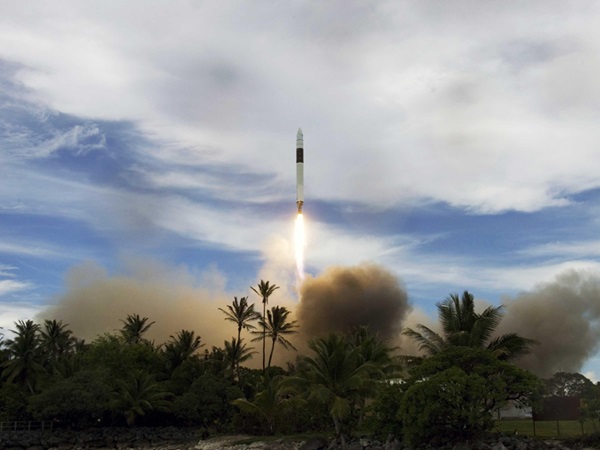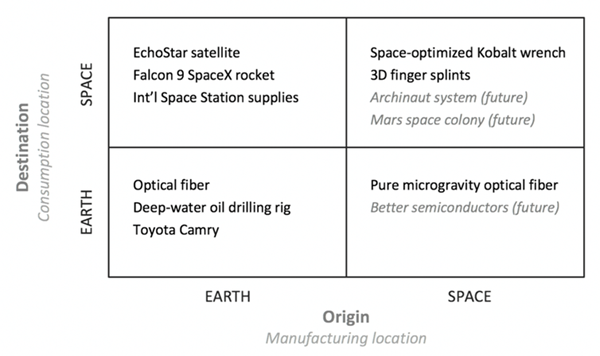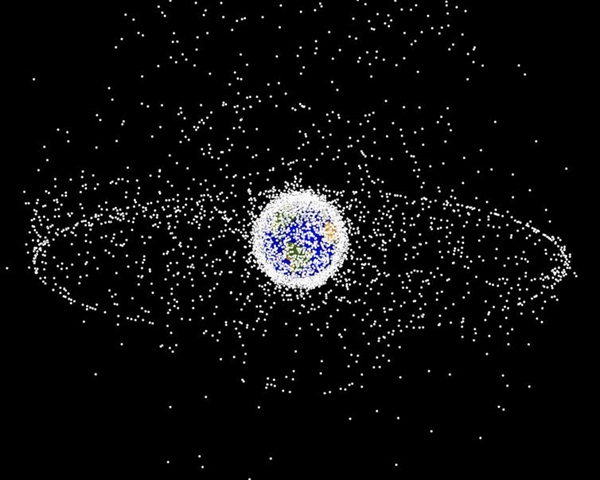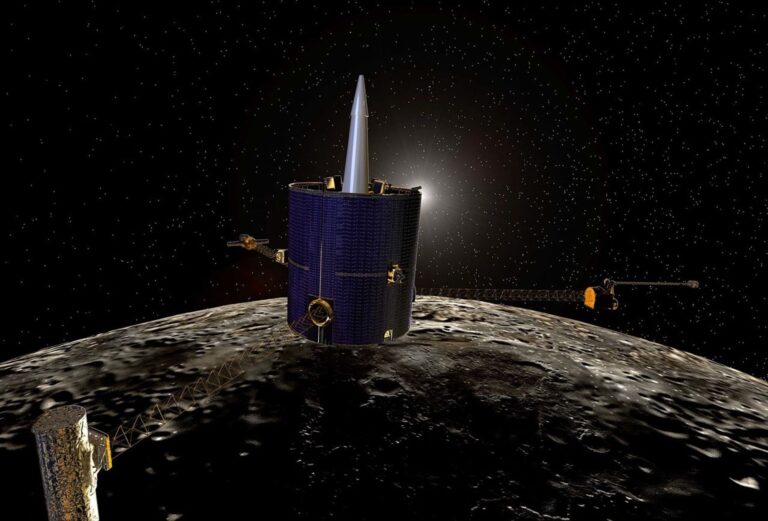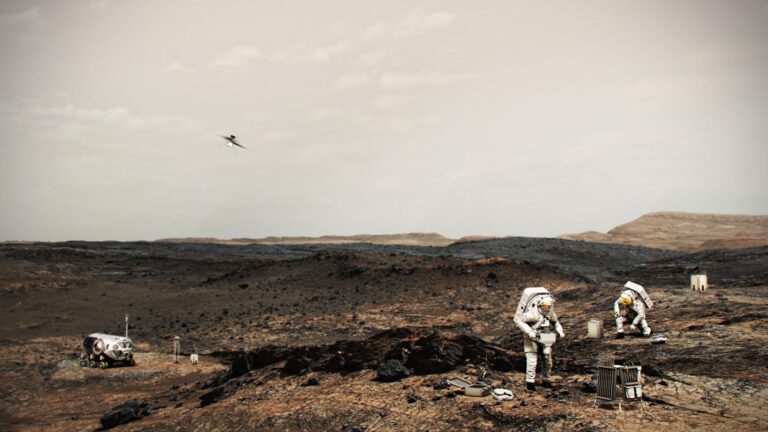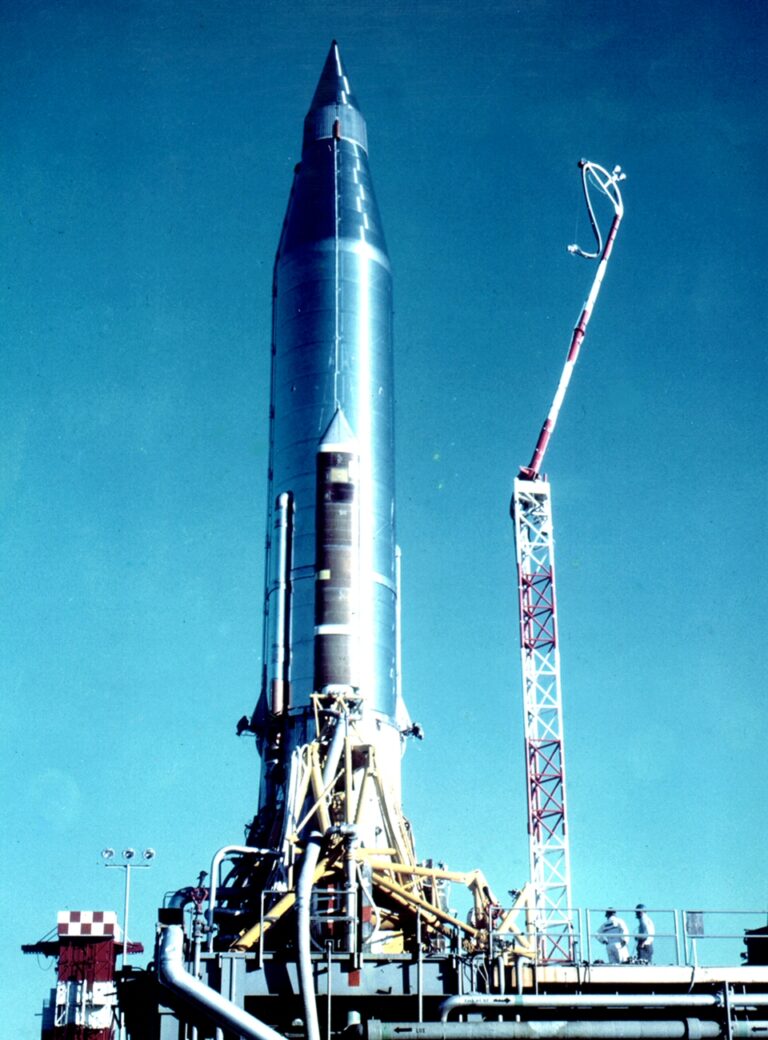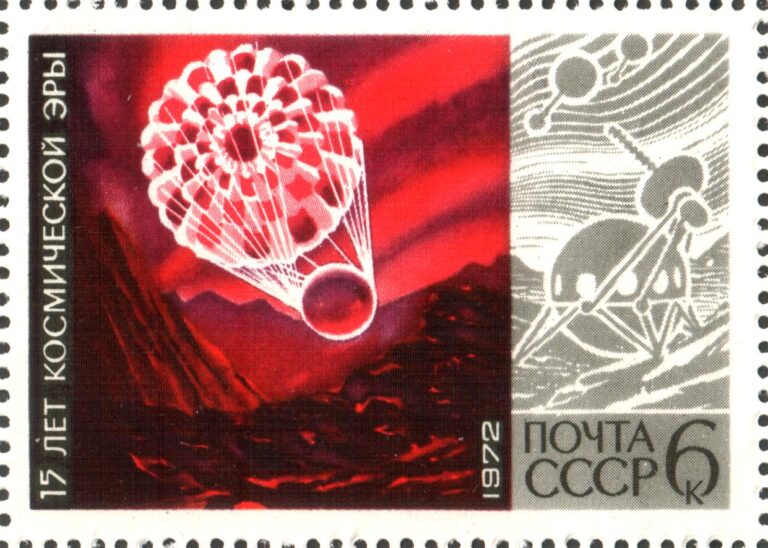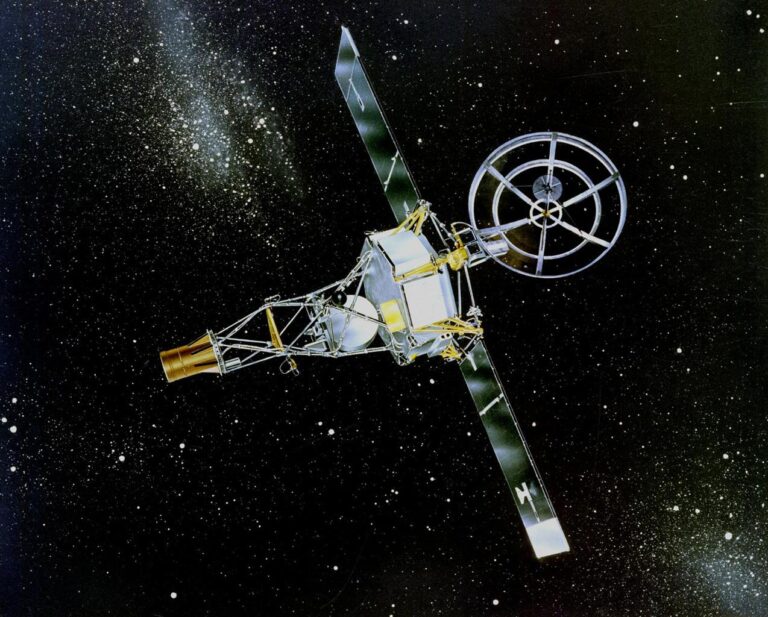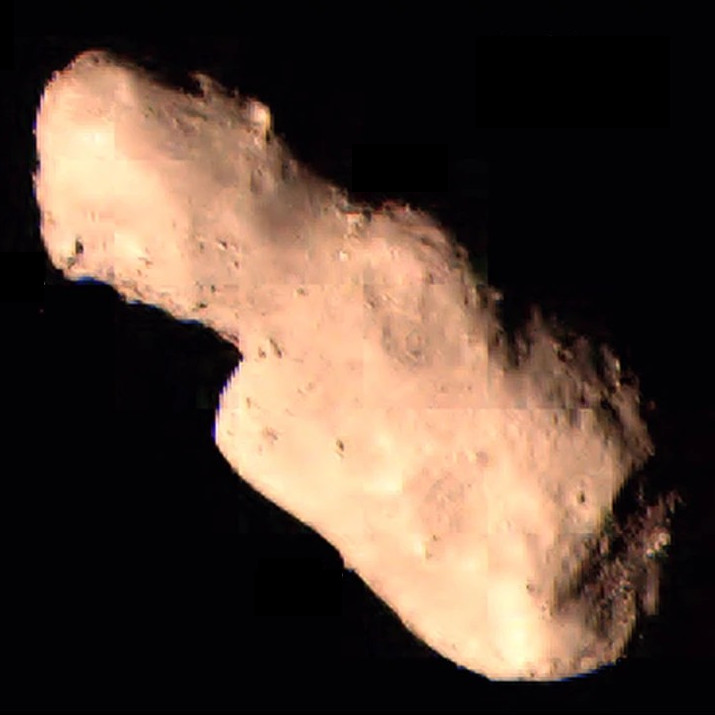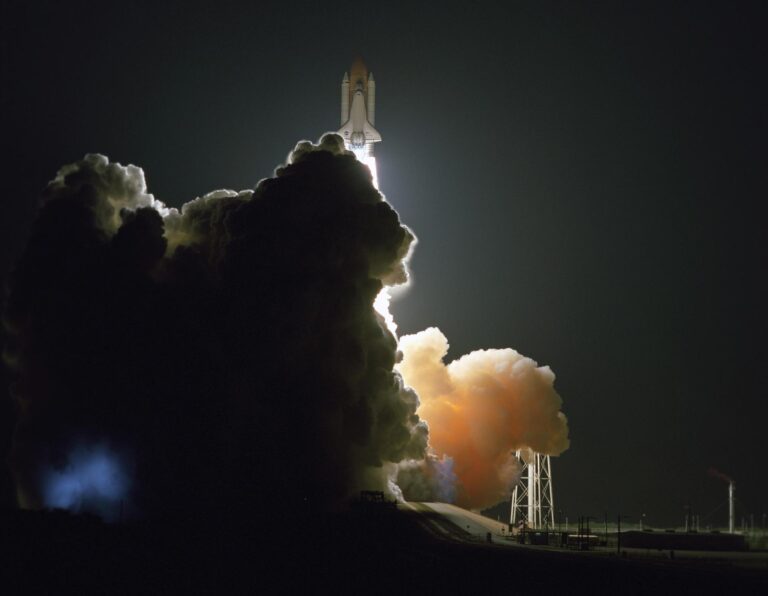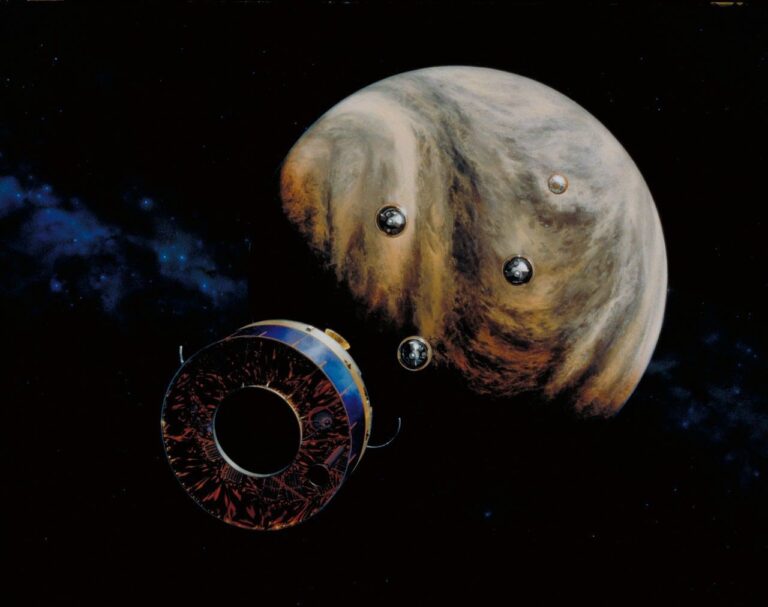Key Takeaways:
- The space industry has evolved from government-led competition to a global, commercialized sector, significantly spurred by SpaceX's successful Falcon 1 orbital launch in 2008.
- Current research focuses on developing business models and operational strategies to foster a sustainable space industry, addressing challenges related to extraterrestrial bases, asteroid mining, and extended space travel.
- Opportunities for in-space manufacturing and resource utilization are emerging, with potential for creating goods in orbit and extracting materials such as metals from asteroids and helium-3 from the moon.
- Critical challenges for the burgeoning space industry include mitigating the increasing threat of space debris and establishing sustainable operational practices to manage its environmental impact.
While scientists are busy developing new technologies that address the countless technical problems of space, there is another segment of researchers, including myself, studying the business angle and the operations issues facing this new industry. In a recent paper, my colleague Christopher Tang and I investigate the questions firms need to answer in order to create a sustainable space industry and make it possible for humans to establish extraterrestrial bases, mine asteroids and extend space travel – all while governments play an increasingly smaller role in funding space enterprises. We believe these business solutions may hold the less-glamorous key to unlocking the galaxy.
The new global space industry
Competition characterized this early portion of space history. Eventually, that evolved into collaboration, with the International Space Station being a stellar example, as governments worked toward shared goals. Now, we’ve entered a new phase – openness – with private, commercial companies leading the way.
The industry for spacecraft and satellite launches is becoming more commercialized, due, in part, to shrinking government budgets. According to a report from the investment firm Space Angels, a record 120 venture capital firms invested over $3.9 billion in private space enterprises last year. The space industry is also becoming global, no longer dominated by the Cold War rivals, the United States and USSR.
In 2018 to date, there have been 72 orbital launches, an average of two per week, from launch pads in China, Russia, India, Japan, French Guinea, New Zealand and the U.S.
The uptick in orbital launches of actual rockets as well as spacecraft launches, which includes satellites and probes launched from space, coincides with this openness over the past decade.
More governments, firms and even amateurs engage in various spacecraft launches than ever before. With more entities involved, innovation has flourished. As Roberson notes in Digital Trends, “Private, commercial spaceflight. Even lunar exploration, mining, and colonization – it’s suddenly all on the table, making the race for space today more vital than it has felt in years.”
Amidst the growth of capital, firms and knowledge, both researchers and practitioners must figure out how entities should manage their daily operations, organize their supply chain and develop sustainable operations in space. This is complicated by the hurdles space poses: distance, gravity, inhospitable environments and information scarcity.
One of the greatest challenges involves actually getting the things people want in space, into space. Manufacturing everything on Earth and then launching it with rockets is expensive and restrictive. A company called Made In Space is taking a different approach by maintaining an additive manufacturing facility on the International Space Station and 3D printing right in space. Tools, spare parts and medical devices for the crew can all be created on demand. The benefits include more flexibility and better inventory management on the space station. In addition, certain products can be produced better in space than on Earth, such as pure optical fiber.
How should companies determine the value of manufacturing in space? Where should capacity be built and how should it be scaled up? The figure below breaks up the origin and destination of goods between Earth and space and arranges products into quadrants. Humans have mastered the lower left quadrant, made on Earth – for use on Earth. Moving clockwise from there, each quadrant introduces new challenges, for which we have less and less expertise.
Resources in space
You might wonder where one gets the materials for manufacturing in space, but there is actually an abundance of resources: Metals for manufacturing can be found within asteroids, water for rocket fuel is frozen as ice on planets and moons, and rare elements like helium-3 for energy are embedded in the crust of the moon. If we brought that particular isotope back to Earth, we could eliminate our dependence on fossil fuels.
As demonstrated by the recent Minerva-II-1 asteroid landing, people are acquiring the technical know-how to locate and navigate to these materials. But extraction and transport are open questions.
How do these cases change the economics in the space industry? Already, companies like Planetary Resources, Moon Express, Deep Space Industries, and Asterank are organizing to address these opportunities. And scholars are beginning to outline how to navigate questions of property rights, exploitation and partnerships.
Threats from space junk
What comes next? In one sense, it’s anybody’s guess, but all signs point to this new industry forging ahead. A new breakthrough could alter the speed, but the course seems set: exploring farther away from home, whether that’s the moon, asteroids or Mars. It’s hard to believe that 10 years ago, SpaceX launches were yet to be successful. Today, a vibrant private sector consists of scores of companies working on everything from commercial spacecraft and rocket propulsion to space mining and food production. The next step is working to solidify the business practices and mature the industry.
Standing in a large hall at the University of Pittsburgh as part of the White House Frontiers Conference, I see the future. Wrapped around my head are state-of-the-art virtual reality goggles. I’m looking at the surface of Mars. Every detail is immediate and crisp. This is not just a video game or an aimless exercise. The scientific community has poured resources into such efforts because exploration is preceded by information. And who knows, maybe 10 years from now, someone will be standing on the actual surface of Mars.
A version of this article originally appeared on The Conversation. Read the original.

